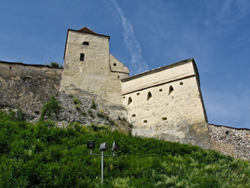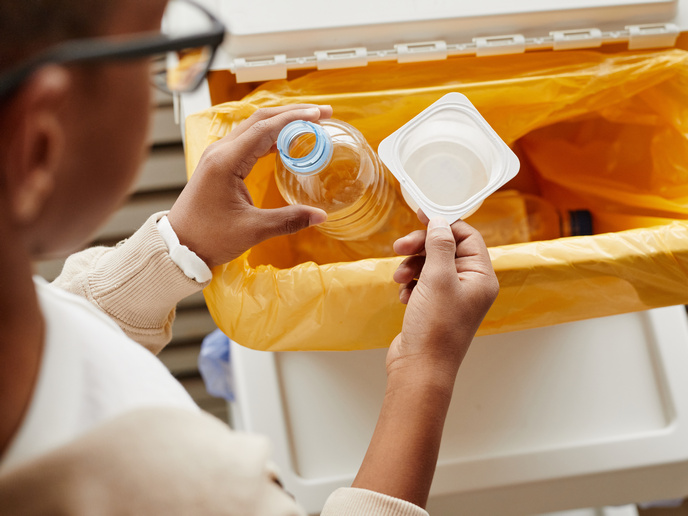Stonewalling degradation of Europe's heritage
Several major European cities are home to aging stone structures that comprise an integral part of the continent's cultural heritage. Unfortunately, these treasures are increasingly threatened by urban air pollution. Oxides of nitrogen and sulphur emitted into the atmosphere are transformed into acidic compounds that weaken and degrade the stone. Looking to move beyond traditional mechanical and chemical methods used to reverse the damage, the Energy, Environment and Sustainable Development Programme funded research into bioremediation techniques. The project, entitled BIOBRUSH, investigated the application of biocalcifying bacteria. Microbiologists from the University of Portsmouth, the BIOBRUSH coordinator, examined the possible risks associated with this approach. With regard to changing the composition of the stone itself, no problems were identified apart from a small sensitivity of highly aged marble. In addition, no significant colour variations were observed. However, excessive application of the bacteria can lead to cracks in the surface layer. The University of Portsmouth also evaluated the influence of the carrier material used to deliver the bacteria to the stone. Definite conclusions could not be drawn for carbogel, but sepiolite was found to increase water uptake and porosity in most cases. In general, the technique is well suited to some types of stone, such as sandstone, but less so to others, for instance limestone. Finally, the application of the bacteria did not appear to have any lasting effects with respect to microbe populations on the stone surface. Taken as a whole, the results of the risk assessment indicate significant potential for the use of biocalcifying bacteria throughout Europe.







